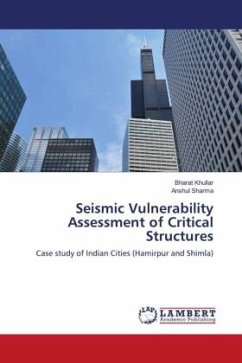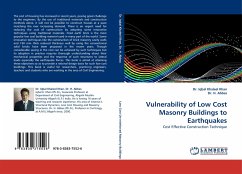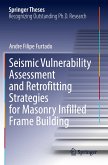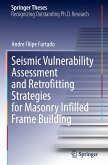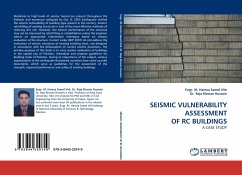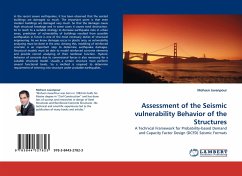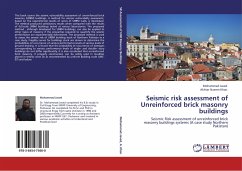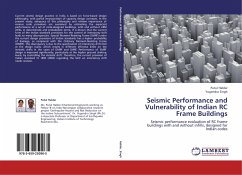The present study shows the assessment of the vulnerability of important buildings in terms of rapid visual survey-based scoring. In the case of assessment of scoring, formats given by Federal Emergency Management Agency 2015, Indian Institute of Technology Bombay, International Institute of Information Technology Hyderabad, Sucuog lu RVS method, and Turkish RVS method have been used. The seismic zones have been identified from spectral acceleration and respective formats have been used. Later, interpretation of RVS scores have been done on the basis of cut-off scores. The buildings have been categorized according to their vulnerability values and remarks on the zones have been concluded. In a large-scale in-situ investigation, a set of 74 buildings was investigated out of which 41 buildings are of Masonry type and 33 buildings are of RCC type.

